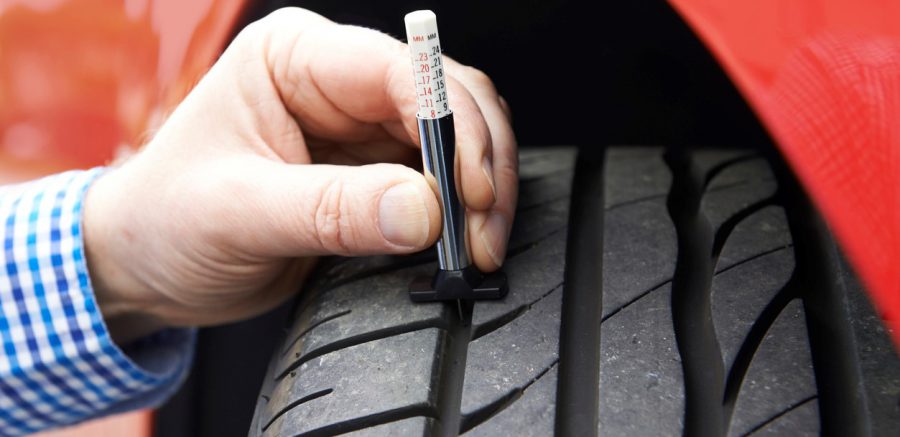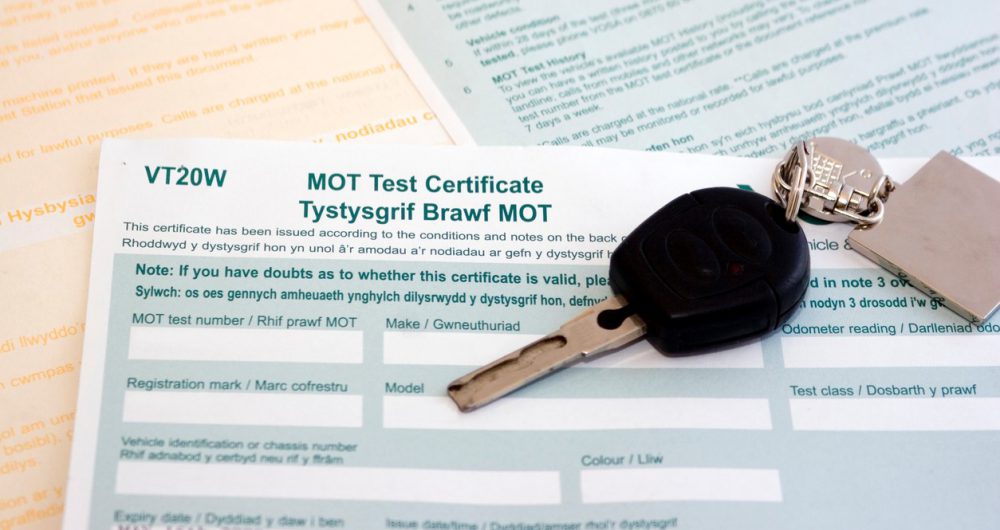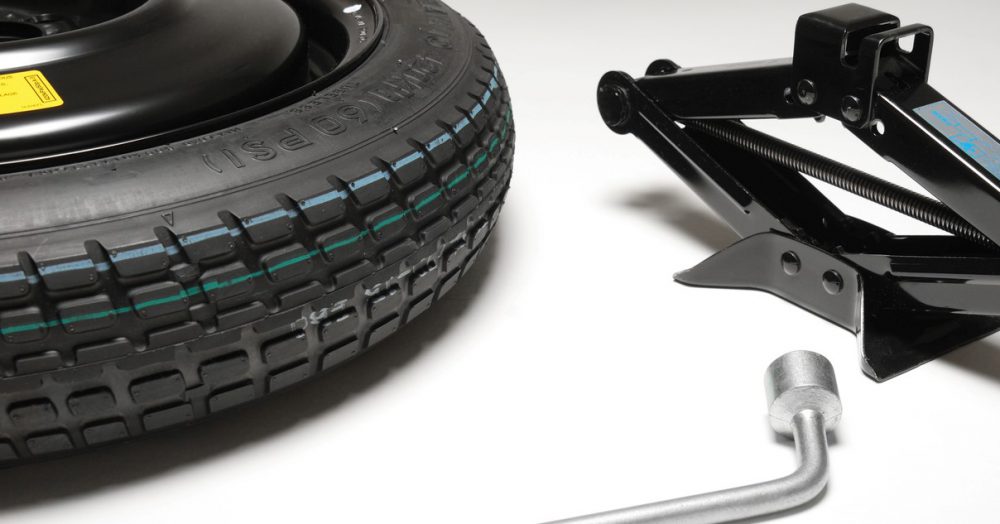
Chances are you take your car to the garage every year to have its MOT test. It is after all a legal requirement for most motors. But how much do you know about the annual test? We’ve devised this tricky MOT test quiz to put your motoring knowledge through its paces.
Results
Well done! We set the bar quite high for this quiz because the MOT is so important.
You’re better than this! The MOT is a vital part of motoring. Make a note of the correct answers to the questions you got wrong.

#1. What is the most common MOT failure?
It’s actually lighting problems and electrical trouble which according to government figures account for more than a quarter (27 per cent) of all MOT failures.

#2. What is the minimum tread depth tyres must have to pass the MOT?
The minimum legal tyre tread depth is 1.6mm. But some tyre companies and safety experts recommend you replace your tyres when the tread gets to 3.0mm.

#3. How much do garages have to charge when they give a car an MOT test?
MOT test centres can charge whatever they want but the maximum price is set at £54.85 for a car. The maximum for a van is £58.60.

#4. What proportion of cars fail their MOT every year?
It’s less than a third nowadays. According to latest government stats from 2019/20, 31.7 per cent of cars failed the test. It’s fallen from around 40% in 2013.

#5. If your car fails an MOT taken before the existing certificate has expired, you can continue driving it.
It’s true. As long as you have a valid MOT certificate you can continue driving your car. However, if it fails the test with a fault that’s viewed as ‘dangerous’ you should not drive it, even if you do still have a valid MOT.

#6. What’s the maximum fine for driving a car without a valid MOT?
It’s actually ‘only’ £1,000 for driving without a valid MOT. However, if your car has taken its test, failed with a dangerous fault and you continue to drive it, you can be fined £2,500 and get three penalty points.

#7. You can legally drive a car without an MOT
The only circumstance you can drive a car without a valid MOT is if you’re taking it to a pre-booked test.

#8. At what age must a car start having an annual MOT test?
A car must start having MOT tests as soon as it turns three years old.

#9. When did the MOT test first start?
The test was first brought about in 1960 by then transport minister Ernest Marples. It was to be carried out when cars reached 10-years old and was to be conducted every year thereafter. It was initially called the 10-year test or Ministry of Transport (MoT) test. The latter was cemented when the number of vehicles failing the test prompted it to be required when cars got to seven years old from 1962 onwards.

#10. Your car can fail the MOT if its spare tyre
You don’t have to carry a spare wheel in your car. But if you do, it must be roadworthy. This is so if you have a puncture and use the spare, the car isn’t going to be dangerous.
Find a garage that will do you an MOT here.




I stick to my ANSWERS I WAS ATESTER FOR 15 YEARS AND MY ANSWERS WERE WHAT I FOUND NOT A GOVERNMENT STATISTIC
Sorry but there’s no mot failure for a spare tyre.
rprise, surprise your never to old to learn
We got 8 right not just 5
One question asked for a MAXIMUM, now last time I looked £2500 was greater than £1000 and you can get fined £2500 for driving an MOT failure REGARDLESS OF WHAT IS THE NORM.
I swear my insurance company would not cover me if I had an accident in my car that did not have a valid MOT, whether I was on my way there or not. Answers a little ambiguous. Minimum £1000 BUT… chances are if your lights do not work, it is dark and you have an accident, surely, this is dangerous driving? Again, I don’t think the insurance company would be too lenient. An interesting quiz, none-the-less. PS. I don’t have a spare tyre! 😉
Ouch, must do better.
My car is a 2011 vauxhall . It has a space for a spare tyre but came with an inflation kit to reduce weight and emissions
Oops! 3 out of 10, I’ll fish out the highway code.
My car doesn’t have a spare ???
If a car fails it’s mot it but still has a current mot, it is deemed as unroadworthy whether the fault is dangerous or not, therefore it shouldn’t be driven.
Like Elizabeth H, my car does not have a spare tyre, only an emergency inflation kit. I have called out tow-trucks on three occasions due to hitting pot-holes and raised metal work resulting in the tyre being so badly damaged it could not be inflated using the kit. I cant help thinking that any savings in emissions from not providing a spare will have been eclipsed by the emissions of the tow trucks and the replacement emergency inflation kits.